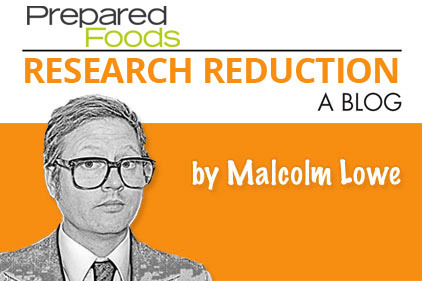Here it is, the last entry of Research Reduction in 2013. My, oh my, it's been quite a year. So many topics to touch on, but let us focus on food colorings. Oh, what they can do to attract the eye. Oh, how they draw attention. Oh, the fundamental role they play in a product's success. No one wants blue lettuce. Green bread? Brown asparagus? I say all of this, but remember purple ketchup? It was a massive hit… with children.
It's true. When we break the product-color expectation, children are the only demographic that will stand for it. We adults, no. Every food has a proper color, and if a food is not of the expected color, then it does not become part of our lives. To the color wheel, developers! Value! Hue! Contrast! The arts may have something to offer after all!
Enough!
Your weekly reduction!
Articles concerning Colorings in food product development.
DDW Coloring Acquisition
D.D. Williamson (DDW) announces the acquisition of the food coloring product line and related processing equipment from Danisco USA Inc.
LycoRed Expands Beta Carotene Production
LycoRed announced the expansion of production capacity of its natural beta-carotene coloring line.
Kraft Revamping Some Mac and Cheese
The move comes in the wake of growing concerns over certain yellow food dyes.
Purple Sweet Potatoes as Coloring Agents
Purple sweet potatoes, black carrots or purple carrots have replacement potential for traditional synthetic colors and colors derived from beetles.
Natural Colors
GNT’s natural colors, made exclusively from fruits and vegetables, offer the perfect solution to enhance any pasta dish.
Spirulina as a Color
The FDA is amending the color additive regulations to provide for the safe use of spirulina extract made from the dried biomass of Arthrospira platensis as a color additive in candy and chewing gum.
Find more articles about Colorings in food formulations.
Colorings to Bring the Year to an End
Research and industry trends to help you reduce costs in formulation

